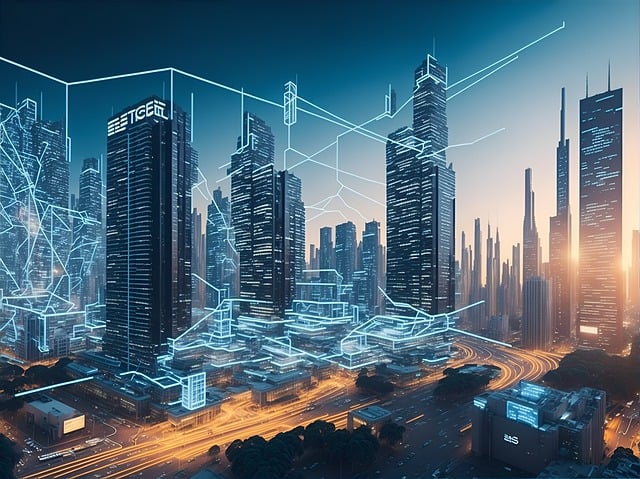In the competitive casual dining sector, AI tools for queue time reduction are revolutionizing operations. These tools leverage predictive analytics, machine learning, and automated systems to optimize processes from order placement to preparation. By enhancing efficiency, reducing wait times, and improving customer satisfaction, AI enables fast-casual restaurants to stay competitive while providing high-quality service through strategic integration of computer vision, NLP, robotic arms, and automated cooking systems.
“The future of fast casual dining is here with AI robotic food preparation, transforming the way we experience restaurants. This cutting-edge technology promises to revolutionize not just the culinary scene but also customer service, particularly in handling queue times.
This article explores how AI can streamline operations, from efficient menu creation to automated cooking and optimized order management, ensuring a seamless dining experience. We’ll uncover strategies for successful implementation and the potential for AI tools to become the secret ingredient in reducing wait times.”
- Understanding AI's Role in Fast Casual Dining
- How AI Tools Can Revolutionize Food Prep and Queue Times
- Implementing AI: Strategies for a Seamless Experience
Understanding AI's Role in Fast Casual Dining

In the fast-paced world of casual dining, Artificial Intelligence (AI) is revolutionizing food service operations by optimizing every aspect, from order placement to preparation. AI tools play a pivotal role in enhancing the customer experience, particularly by addressing the all-important factor of queue time. By leveraging machine learning algorithms, these systems can predict and manage customer demand, allowing for more efficient kitchen workflows. This ensures that orders are prepared promptly, reducing wait times and increasing customer satisfaction.
The integration of AI into fast casual dining is a strategic move to stay competitive in the market. Through data analysis, AI tools identify popular menu items, peak hours, and even individual customer preferences. This knowledge enables restaurants to streamline their kitchen processes, staff schedules, and inventory management, all while providing personalized experiences. The result is a seamless dining journey, where customers enjoy high-quality food without lengthy waits.
How AI Tools Can Revolutionize Food Prep and Queue Times

AI tools have the potential to revolutionize food preparation and significantly reduce queue times in fast-casual restaurants. By automating repetitive tasks, AI can streamline operations, allowing chefs to focus on more complex culinary techniques. For example, computer vision algorithms can monitor ingredient quality and portion sizes, ensuring consistency and minimizing waste. Natural Language Processing (NLP) can facilitate communication between kitchen staff, taking orders and conveying updates efficiently.
Additionally, AI tools for queue time reduction are transforming customer experiences. Predictive analytics can anticipate demand, enabling restaurants to pre-prepare ingredients and optimize staffing levels. This ensures faster service during peak hours, reducing wait times and enhancing customer satisfaction. With the help of robotic arms and automated cooking systems, AI is making food prep more precise and rapid, ultimately benefiting both staff and diners.
Implementing AI: Strategies for a Seamless Experience

Implementing Artificial Intelligence (AI) in food service operations, particularly for robotic food preparation, is a strategic move to enhance efficiency and customer experience. One of the key areas AI can transform is queue time reduction. By employing AI tools like predictive analytics and intelligent order management systems, restaurants can optimize their processes. These tools anticipate customer demand, ensuring that resources are allocated efficiently, and ingredients are stocked accordingly.
Additionally, AI-powered robots can handle repetitive tasks, such as preparing basic dishes or assembling ingredients, freeing up human chefs to focus on more complex culinary creations. This not only speeds up service but also allows for a more diverse menu and higher quality food preparation. Seamless integration of these AI technologies requires careful planning, including data infrastructure upgrades and staff training, to ensure a smooth transition that improves customer satisfaction and retention.
The integration of AI into fast casual dining is not just a futuristic concept; it’s a game-changer. By leveraging AI tools for queue time reduction, restaurants can enhance customer satisfaction and streamline operations. From optimizing food preparation to improving wait times, AI offers a promising path towards more efficient and engaging dining experiences. As we navigate this exciting landscape, embracing innovative strategies ensures a seamless future for the industry.
